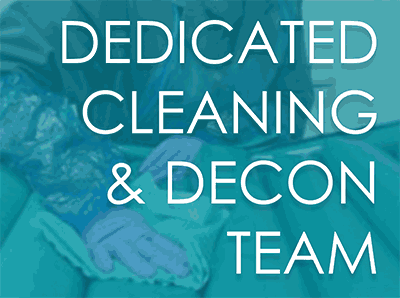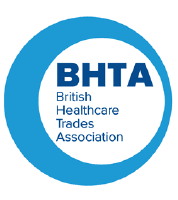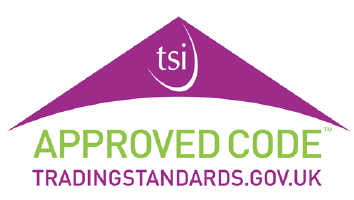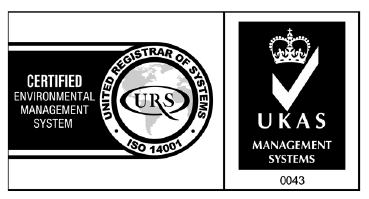More often than not when people think ‘pressure ulcers’ they think about the elderly. In actual fact it is not just the elderly who suffer this condition, children are also at risk of developing these painful wounds. However, unlike the vast research that has been gathered around the elderly and pressure ulcers, very little research has been obtained in relation to children suffering from this condition.
While this phenomenon has gained much attention in adult’s, pressure ulcer research in children is less frequent.¹
A child who is at risk of developing a pressure ulcer may have numerous risk factors, some examples of this may be that the child has limited mobility and is unable to reposition themselves when needed, nutritional deficiencies and cognitive impairments will also add to the risk.²
Children who are at risk of developing pressure ulcers must have a skin assessment plan in place, professionals need to document any changes to the skin that are visible upon assessment and particular attention should be paid to the occipital area of the body (the back of the head). Skin temperature is also an important factor in the assessment process and professionals must also be mindful of blanching erythema (when an area of the skin is reddened and does not go away when pressed with the fingers) and also any areas of the skin that may be discoloured.³
As the old saying goes ‘prevention is better that cure’ and there are a number of various methods that can be undertaken in order to reduce the risk of developing a pressure ulcer.
Repositioning
- It is important to ensure that children and neonates who are at risk of developing pressure ulcers are repositioned at least every 4 hours
- If a child is unable to reposition themselves then a parent or carer should do this for them
- If a child is at ‘high risk’ of developing pressure ulcers then they should be repositioned more frequently than the stated 4 hours⁴
Skin Massage
- Massaging a child’s skin will cause friction and pressure both of which will increase the risk of pressure ulcers developing, it is important that you ‘do not’ offer skin massage to prevent pressure ulcers.⁴
Pressure Redistributing Devices
- When a child is suffering with a pressure ulcer it is extremely important that they are supplied with the correct type of equipment to relieve the pressure. A child’s weight, size and level of movement should be taken into consideration when choosing the right equipment. A foam mattress should be given to children who are suffering from pressure ulcers, a more specialised dynamic, pressure relieving paediatric mattress will be offered if a foam mattress is not enough to relieve the pressure.⁵
Healthy diet / Nutrition
- Healthy eating is an important factor to consider when caring for a child who is suffering from a pressure ulcer, it has been recommended by EPUAP that as part of a nutritional assessment various tasks must be undertaken, the child should be weighed regular, their skin should be examined daily, and all food and fluid intake should be documented… Also if the child is unable to consume their own food or fluid intake then a nutritional supplement should be offered.⁶
It is crucial that all professionals and care providers are ensuring that all is being done in order to prevent pressure ulcers from developing.
Pressure ulcers can be very painful and can take a very long time to heal.7
Bibliography
¹Kottner, J et,al (2010) Frequency in pressure ulcers in the paediatric population: A literature review and new empirical data: international journal of nursing studies: 47 1330 – 1340
² NICE (2014) Pressure Ulcers Prevention and Management: Recommendations [online] Available at: https://www.nice.org.uk/guidance/cg179/chapter/1-recommendations [Accessed 28/06/2016]
³ NICE (2015) Pressure Ulcers [online] Available at: http://www.rcpch.ac.uk/system/files/protected/page/Pressure%20ulcers%20-%20Published%20June%202015_4.pdf [Accessed 28/ 06/2016]
⁴ NICE (2014) Pressure Ulcers prevention and management: Prevention [online] Available at: https://www.nice.org.uk/guidance/cg179/ifp/chapter/prevention [Accessed 05/06/2016]
⁵ NICE (2014) Pressure Ulcers prevention and management: Treatment and Care [online] Available at: https://www.nice.org.uk/guidance/cg179/ifp/chapter/Treatment-and-care [Accessed 05/07/2016]
⁶ EPUAP (2003) Nutritional Guidelines for Pressure Ulcer Prevention and treatment [online] Available at: http://www.judy-waterlow.co.uk/downloads/english_nutritional_guidelines.pdf [Accessed 12/07/2016]
7 Newson, L (2015) Pressure Care [online] Available at: http://patient.info/health/pressure-ulcers-leaflet [Accessed 12/07/2016]
About the author – Ray Booth
Ray Booth is Research & Innovation Director at Select Medical. He has been involved in the pressure care equipment industry for over 20 years, and has created a wide range of well-designed alternating air pressure mattress systems for use in hospital, hospice and community healthcare sectors.








